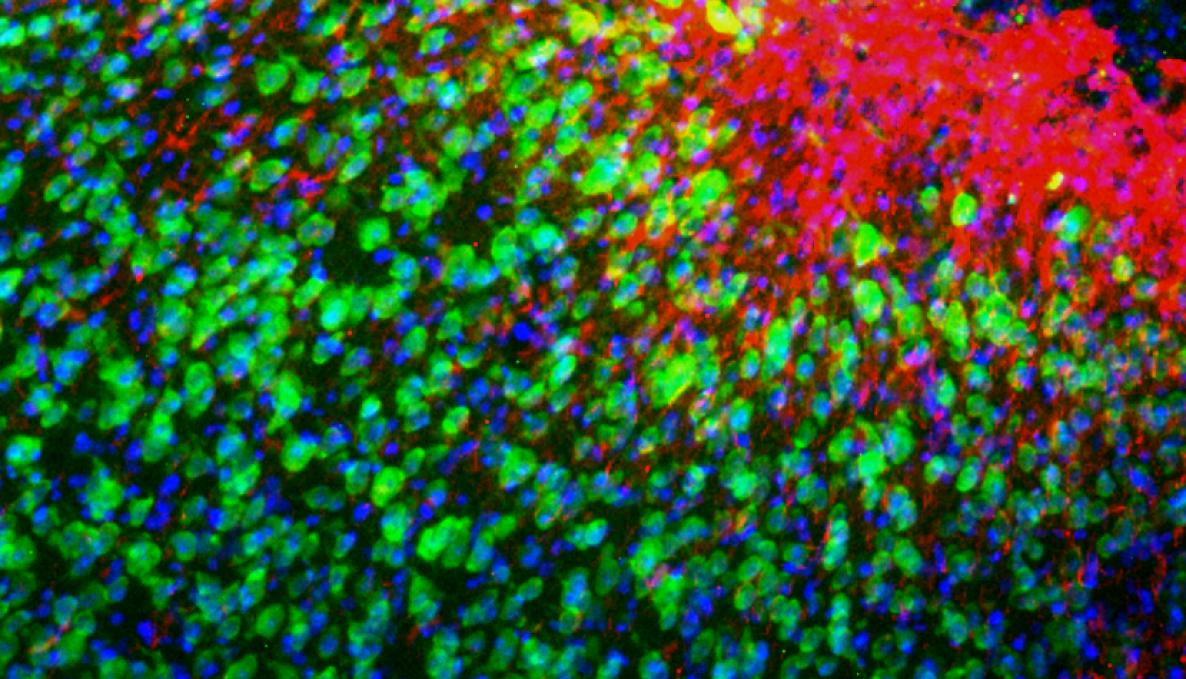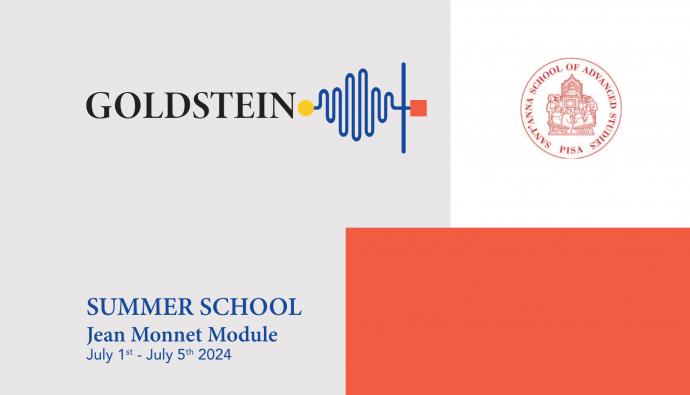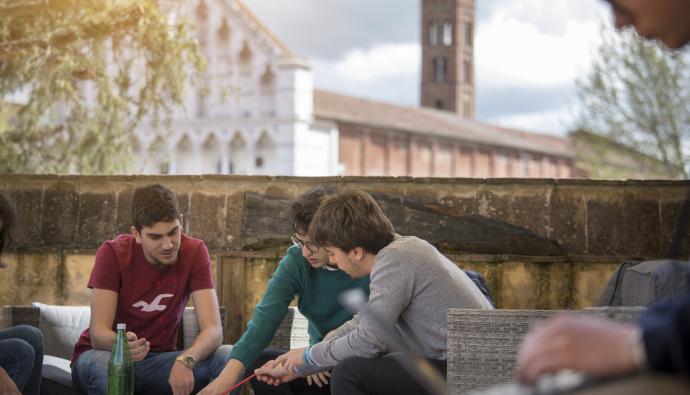SCIENTISTS TESTED A COMBINED ROBOTIC TRAINING APPROACH TO ENHANCE MOTOR RECOVERY AFTER STROKE: eLIFE JOURNAL PUBLISHED RESEARCH BY CNR NEUROSCIENCE INSTITUTE AND SANT’ANNA BIOROBOTICS INSTITUTE

Scientists from the CNR Neuroscience Institute – Pisa (Istituto di neuroscienze del Consiglio nazionale delle ricerche (In-Cnr)) and the Biorobotics Institute of Sant’Anna School tested a combined approach (robotic training and modulation of interhemispheric interactions) for stroke rehabilitation. The research published in eLife journal aimed at gaining a deeper understanding of the basic physiology of interhemispheric interactions and their role in motor recovery. Researchers found that the positive effects and the functional gains of the combined rehabilitation last beyond the treatment period. These findings could play a significant role in assisting patients in their recovery from hemiparesis due to ischemic stroke.
The study was coordinated by Matteo Caleo - In-Cnr and Silvestro Micera - Biorobotics Institute of Sant’Anna School. It focused on the forelimb motor recovery through a robotic training combined with transient inactivation of contralesional hemisphere collecting data about kinetic and kinematic parameters, force exerted and smoothness of movements.
“We first investigated the healthy hemisphere. We know that in the adult brain the fiber bundles connect the two hemispheres across the corpus callosum allowing for communication between both hemispheres. The corpus callosum transfers motor, sensory, and cognitive information” said Cristina Spalletti, a researcher of the In-Cnr Institute and the first author of the paper. “After stroke, data demonstrate an imbalance in interhemispheric connectivity and the healthy hemisphere plays a major role enhancing interhemispheric inhibition over the perilesional tissue” added Cristina Spalletti.
“We demonstrated that the contralesional cortex exerts an enhanced interhemispheric inhibition over the perilesional tissue after focal cortical stroke in mouse forelimb motor cortex. Inactivation of the healthy hemisphere via electrophysiological methods has been performed to measure the evolution of interhemispheric inhibition post-stroke and to evaluate restoration of pre-lesion movement patterns”, said Spalletti.
This research paper received financial support as a part of the FAS salute 2014 project on wearable robotics for robot assisted rehabilitation of upper limb motor function after stroke “Robotica indossabile personalizzata per la riabilitazione motoria dell’arto superiore in pazienti neurologici” funded by Tuscany Region authority - Regione Toscana.
Ischemic events (stroke, cerebral haemorrhage, etc.) are the leading cause of long-term disability worldwide. Upper limb motor impairment is common after stroke. Patients face severity of motor dysfunction associated with decreased daily activity. The focus of many physical rehabilitation approaches, such as task-specific training and robot-assisted training is to improve motor function of the upper limb. “The purpose of this cross-sectional (neuroscience, bio-engineering and robotics) study was to combine robotic rehabilitation and modulation of interhemispheric connectivity. Recovery was accompanied by a reduction of transcallosal inhibition and ‘plasticity brakes’ over the perilesional tissue. Physical rehabilitation should be combined with ‘plasticity-stimulating’ that render the spared nervous system more susceptible to experience-dependent modifications” –Cristina Spalletti added.



